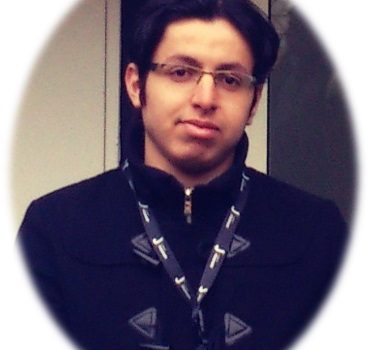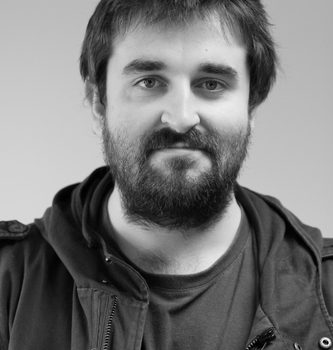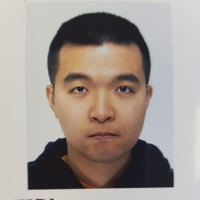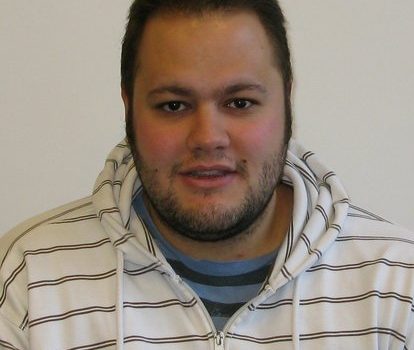
Ahmed Boubrima won the GDR RSD / ASF Thesis Prize 2020. Ahmed defended its thesis titled “Déploiement et ordonnancement de réseaux de capteurs sans fil pour le suivi de la pollution de l’air” the 12th of March 2019. Congrats Ahmed!
Here an abstract of its thesis:
Les réseaux de capteurs sans fil (RCSF) sont largement utilisés dans les applications environnementales où l’objectif est de détecter un phénomène physique tel que la température, l’humidité, la pollution de l’air, etc. Dans ce contexte d’application, l’utilisation de RCSF permet de comprendre les variations du phénomène et donc être en mesure de prendre des décisions appropriées concernant son impact. En raison des limitations de ses méthodes de suivi traditionnelles et de sa grande variabilité spatiale et temporelle, la pollution de l’air est considérée comme l’un des principaux phénomènes physiques qui restent à étudier et à caractériser. Dans cette thèse, nous considérons trois applications concernant l’utilisation de RCSF pour le suivi de la pollution de l’air : la cartographie en temps réel de la qualité de l’air, la détection de dépassements de seuils des polluants et la correction de modèles physiques qui simulent le phénomène de dispersion de la pollution. Toutes ces applications nécessitent de déployer et d’ordonnancer minutieusement les capteurs afin de mieux comprendre la pollution atmosphérique tout en garantissant un coût de déploiement minimal et en maximisant la durée de vie du réseau. Notre objectif est de résoudre les problèmes de déploiement et d’ordonnancement tout en tenant compte des caractéristiques spécifiques du phénomène de la pollution de l’air. Nous proposons pour chaque cas d’application une approche efficace pour le déploiement de noeuds capteurs et puits. Nous proposons également une approche d’ordonnancement adaptée au cas de la correction de modèles physiques. Nos approches d’optimisation prennent en compte la nature physique de la pollution atmosphérique et intègrent les données réelles fournies par les plateformes existantes de suivi de la qualité de l’air. Dans chacune de nos approches d’optimisation, nous utilisons la programmation linéaire en nombres entiers pour concevoir des modèles d’optimisation adaptés à la résolution de petites et moyennes instances. Pour traiter les grandes instances, nous proposons des heuristiques en utilisant des techniques de relaxation linéaire. Outre nos travaux théoriques sur le suivi de la pollution atmosphérique, nous avons conçu et déployé dans la ville de Lyon un réseau de capteurs de pollution économe en énergie. Sur la base des caractéristiques de notre système et des jeux de données de la pollution atmosphérique, nous avons évalué l’efficacité de nos approches de déploiement et d’ordonnancement. Nous présentons et discutons dans cette thèse les résultats d’évaluation de performances ainsi que des lignes directrices pour la conception de systèmes de suivi de la pollution de l’air. Parmi nos principales conclusions, nous soulignons le fait que la taille optimale du réseau de capteurs dépend du degré de variation des concentrations de pollution dans la région de déploiement.









